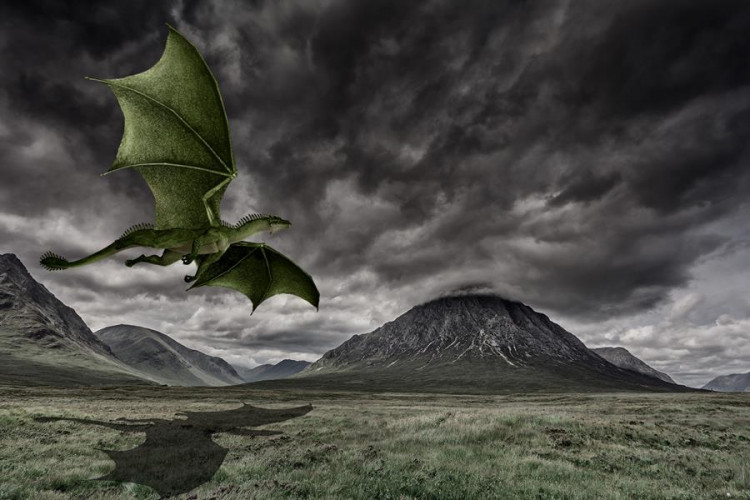In Chile, an unusual cemetery has been discovered that contains the well-preserved remains of prehistoric flying reptiles that flew over the Atacama region 100 million years ago.
The bones belonged to pterosaurs, flying dinosaurs that filtered water through their long, thin teeth, analogous to flamingos.
The specimen was uncovered around 40 miles from another location where pterosaur remains had previously been unearthed, confirming a belief that these reptiles were once common in Chile.
According to the University of Chile team, the finding of this uncommon cemetery would allow scientists to investigate the pterosaur's behavior rather than just its anatomy.
For years, a team of scientists led by pterosaur expert Jhonatan Alarcon had been looking for flying reptiles, but this finding is well beyond their expectations.
"This has global significance because these kinds of discoveries are uncommon. We would be able to figure out how these animals formed colonies and whether or not they nurtured their young," Alarcon said.
Another surprising revelation was how well-preserved the bones recovered were, providing scientists a stronger insight into how they formed.
Most pterosaur bones recovered are flattened and shattered, but they were able to retrieve undamaged three-dimensional bones, according to David Rubilar, head of paleontology at Chile's Museum of National History.
The remains were discovered in a location that would have been a coastal river in the Lower Cretaceous, 100 million years ago, in the Quebrada Monardes Formation.
Four cervical vertebrae were discovered, one of which belonged to a little pterosaur, indicating that they belonged to numerous animals. It is uncertain whether there were many pterosaur species there or if they are all from the same group.
"This is the second geographic appearance of pterosaurs of the clade Ctenochasmatidae in the Atacama region. However, it is still unknown whether ctenochasmatids from two locations existed at the same time," Rubilar said.
The Ctenochasmatidae family of pterosaurs is known for their unique teeth, which were considered to be utilized for filter eating.
Furthermore, the existence of multiple individual pterosaur bones in Cerro Tormento suggests that pterosaur colonies existed along Gondwana's southwestern coast during the Early Cretaceous.
On the other hand, Gondwana was a historic supercontinent that divided into Africa, South America, Australia, and Antarctica some 180 million years ago.
It was reported that Pterosaurs have diversified into dozens of species. Some were the size of an F-16 fighter plane, while others were the size of a sparrow.






